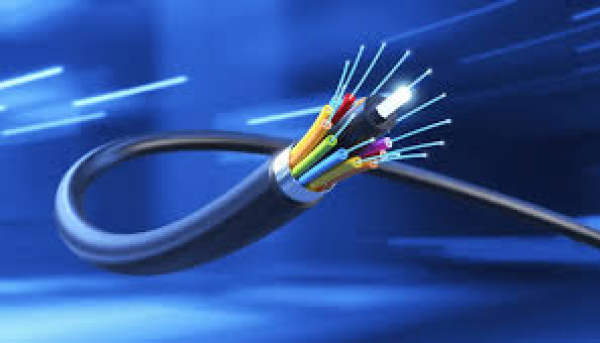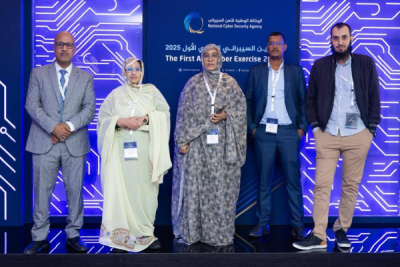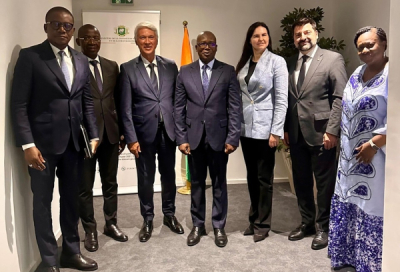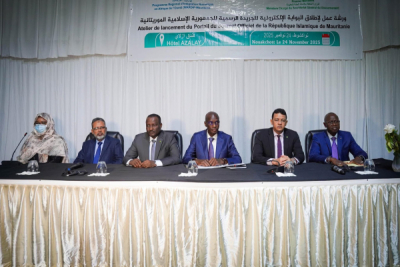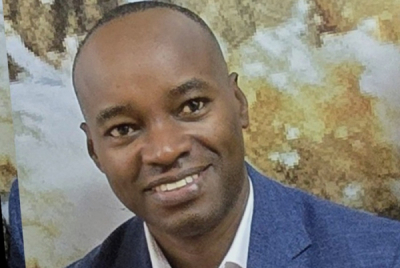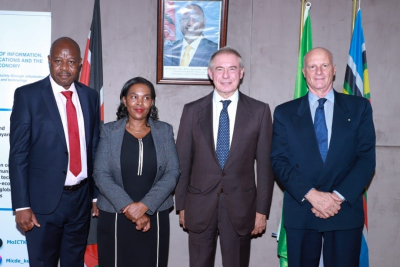As the government pushes forward with its Digital Superhighway agenda, fibre connectivity is becoming a cornerstone for inclusive growth, innovation, and long-term development.
Kenya has extended its fibre optic network to Kericho and Bomet counties, in a move expected to accelerate access to education, healthcare, business opportunities, and government services. The rollout, announced August 23, forms part of the country’s Digital Superhighway agenda, which seeks to provide fast, reliable, and high-capacity internet across the nation, enabling more communities to benefit from the digital economy.
For Principal Secretary - State Department for ICT and Digital Economy, Eng. John Kipchumba Tanui, “Fibre infrastructure is a game changer for communities because it provides fast, reliable, and high-capacity internet connectivity that supports education, business, healthcare, government services, and innovation.”
In schools and institutions, the fibre backbone will support modern e-learning, while farmers and local businesses gain access to e-commerce platforms and digital financial services. Healthcare facilities will benefit from telemedicine and real-time information sharing, and government services will become more efficient and accessible online. The initiative is also expected to generate jobs in ICT, digital trade, and other emerging sectors.
The rollout forms part of Kenya’s Digital Superhighway Project (DSH). Launched in November 2023, the program seeks to deliver universal broadband by deploying 100,000 km of fibre, 25,000 public Wi-Fi hotspots, 1,450 digital hubs, and three national data centres, alongside enhanced data protection and cybersecurity systems.
According to an update from the ICT Authority of Kenya, Phase One of the project, funded with KSh 5 billion, has seen 88% of backbone fibre (1,512 km) and 77% of last-mile connections (312 of 405 sites) completed. Phase Two, backed by KSh 10 billion, is being implemented in partnership with the Kenya Power and Lighting Company (KPLC) to extend last-mile connectivity to about 8,000 sites nationwide, including schools, universities, health centres, digital hubs, and Wi-Fi locations. Early works cover 3,868 sites and 278 Deputy County Commissioner offices, accelerating efforts to bridge the country’s urban–rural digital divide.
So far, 135 institutions across Kericho and Bomet have been connected. An additional 275 sites are set to come online in 2025, further strengthening the digital backbone in the two counties and enabling more households, schools, and businesses to fully take part in Kenya’s digital transformation.
Hikmatu Bilali


